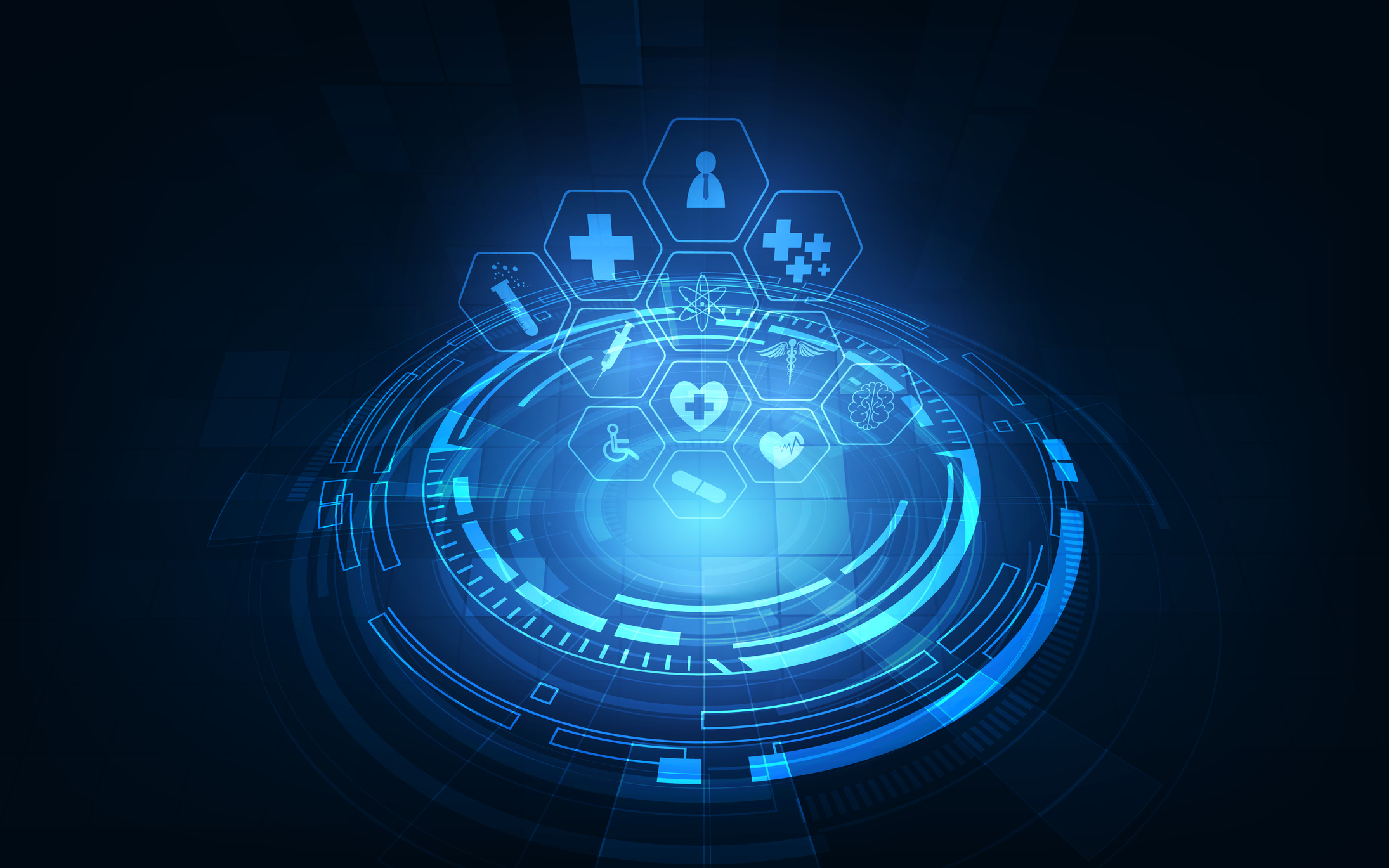The Top 5 Medical Technologies Reshaping the Future for Injured Workers
Incredible advances in modern medicine can drastically improve the quality of life for a catastrophically-injured worker, but current research is providing hope for exceedingly better outcomes. From regenerative treatments to new prosthetic options, the future looks bright for an injured worker’s recovery and reintegration.
August 1, 2022

In catastrophic injuries, advances in medical technologies can prevent fatalities, but these advances do not just save a life — they can extend its quality for a survivor. These advances can create efficiencies in treatments and solve problems like limited access to care.
“As someone who regularly manages catastrophic claims, it’s breathtaking to watch these individuals live happier and more productive lives as a result of incredible medical advances,” said Lisa Strader, Senior Medical Manager at Safety National. “These innovative tools have allowed injured workers to achieve autonomy within their daily routines while continuing to work toward their current personal recovery goals.”
These medical technologies are advancing the lives of injured workers and providing a new future for treatments.
1. Banyan Brain Trauma Indicator
Most patients with a suspected head injury are examined using a 15-point neurological test and a CT scan to detect brain tissue damage, but this simple blood test can help determine the need for a CT scan, preventing unnecessary neuroimaging and reducing radiation exposure. The test has proved extremely accurate and correlates with CT scans 97% of the time. This test can lead to faster diagnoses and treatment of mild traumatic brain injuries (TBIs).
2. Clustered Regularly Interspaced Short Palindromic Repeat (CRISPR)
This genetic testing has the potential to revolutionize medicine as it will allow for medical treatment, specifically medications, to be customized based on its results. Its technology could also lead to tissue regeneration, which could repair defective joints. While there are ethical considerations around genetic engineering research due to an unknown lack of long-term effects, this technology could lead to a future where certain diseases are eliminated.
3. Nanomedicine
Nanomedicine uses the applications of nanotechnology, operating on a molecular scale. This technology can be used in imaging, diagnosing and delivery through medical devices with the potential to target individual cells. Recent studies have used nanotechnology to target tumors and cancer more effectively through the use of controlled drug release. Several nano-based therapies in development are working to improve wound healing and repair damaged tissue.
4. 3D Printed Prosthetics
3D printers are showing potential in the development of prosthetic limbs and orthotics. These prosthetics are vastly cheaper than their traditional counterparts and are much more comfortable for the user, as they can be fitted exactly to the limb. These options are more lightweight, but a lack of durability and consistency can create a more frequent need for replacements. However, replacing a 3D limb is still much cheaper than the cost of a traditional prosthetic.
5. Telemedicine
Telemedicine has proven essential throughout the pandemic, but it has even greater potential applications. It can provide medical access in remote locations and underserved medical communities. It can also expedite access to care for certain conditions such as rashes, simple sprains and strains and minor burns. Previously, it was significantly more challenging to apply to workers’ compensation claims, as providers would request to see patients in person for checkups. While that is still the preferred method of treatment, the broader acceptance of telemedicine, from mental health treatment to physical therapy, has opened doors for its wider application.

























